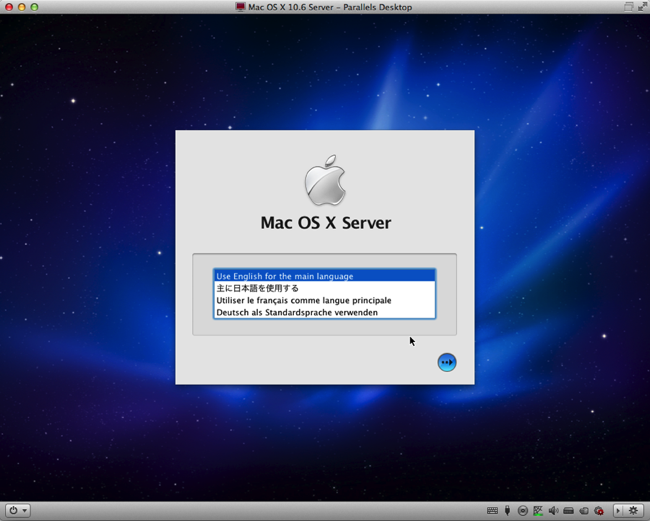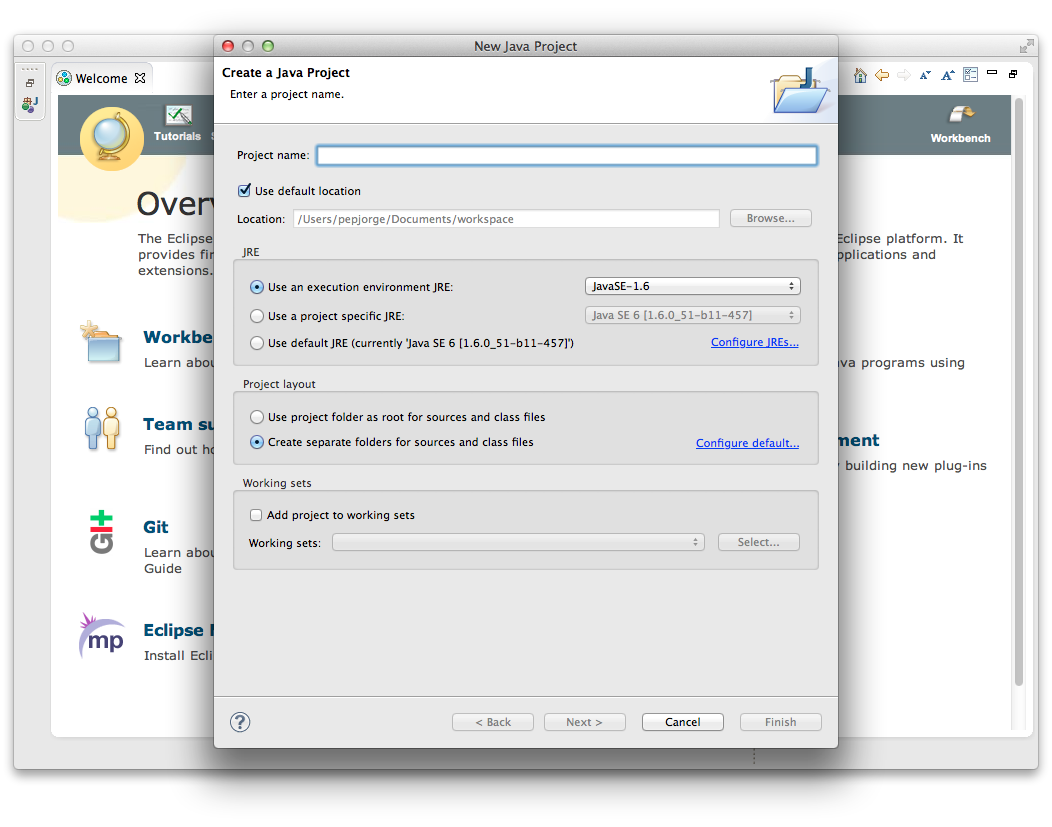This page describes how to install and uninstall JDK 8 for OS X computers.
- My Mac currently is running Snow Leopard (10.6.8), and I would like to develop with Java 7. I downloaded the Java 7 OS X installer from Oracle's website, started to run it.Unfortunately, I was immediately greeted with a message that said the installer is supported only on OS X Lion (10.7.3).
- The information on this page pertains to Oracle Java starting with Java 7, supported with Mac versions 10.7.3 and above. Every time you launch a Java applet, a Java Web Start application or the Java Control Panel, the system first launches your program and then, in the background (so that performance of your Java application is not impacted), it determines if it has checked in the last 7 days.

This page has these topics:
See 'JDK 8 and JRE 8 Installation Start Here' for general information about installing JDK 8 and JRE 8.
Running the Java Preferences utilily shows that the most recent version of Java installed on my Mac Pro in Snow Leopard (10.6.8) is Java SE6 v1.6.051-b11-456 (both 32-bit and 64-bit versions are available), which was installed with Update 16. We don't have any change log information yet for version 10.6.8 of Snow Leopard Mac OS X 10.6.8. Sometimes publishers take a little while to make this information available, so please check back in a few days to see if it has been updated. Important Note: This version of Java for Mac only works on OS X 10.6 Snow Leopard. A different version of Java for OS X 10.7 Lion and above is available. Java 1.6 is the latest version of Apple Java for Mac OS X 10.6 Snow Leopard. It enables you to use Java applications on your Mac and is simple to install although you need to close your browser before doing so.
See 'OS X Platform Install FAQ' for general information about installing JDK 8 on OS X.
System Requirements
Observe the following requirements:
Any Intel-based computer running OS X 10.8 (Mountain Lion) or later.
Administrator privileges.
Note that installing the JDK on OS X is performed on a system wide basis, for all users, and administrator privileges are required. You cannot install Java for a single user.
Installing the JDK also installs the JRE. The one exception is that the system will not replace the current JRE with a lower version. To install a lower version of the JRE, first uninstall the current version as described in 'Uninstalling the JRE'.
JDK Installation Instructions
When you install the Java Development Kit (JDK), the associated Java Runtime Environment (JRE) is installed at the same time. The JavaFX SDK and Runtime are also installed and integrated into the standard JDK directory structure.
Depending on your processor, the downloaded file has one of the following names:
jdk-8uversion-macosx-amd64.dmgjdk-8uversion-macosx-x64.dmg
Where version is 6 or later.
Download the file.
Before the file can be downloaded, you must accept the license agreement.
From either the Downloads window of the browser, or from the file browser, double click the
.dmgfile to launch it.A Finder window appears containing an icon of an open box and the name of the
.pkgfile.Double click the package icon to launch the Install app.
The Install app displays the Introduction window.
Note:
In some cases, a Destination Select window appears. This is a bug, as there is only one option available. If you see this window, select Install for all users of this computer to enable the Continue button.Click Continue.
The Installation Type window appears.
Click Install.
A window appears that says 'Installer is trying to install new software. Type your password to allow this.'
Enter the Administrator login and password and click Install Software.
The software is installed and a confirmation window appears.
Refer to
http://www.oracle.com/technetwork/java/javase/downloads/jdk-for-mac-readme-1564562.htmlfor more information about the installation.After the software is installed, delete the
.dmgfile if you want to save disk space.
Determining the Default Version of the JDK

If you have not yet installed Apple's Java OS X 2012-006 update, then you are still using a version of Apple Java 6 that includes the plug-in and the Java Preferences app. See 'Note for Users of OS X that Include Apple Java 6 Plug-in'.
There can be multiple JDKs installed on a system, as many as you wish.
When launching a Java application through the command line, the system uses the default JDK. It is possible for the version of the JRE to be different than the version of the JDK.
You can determine which version of the JDK is the default by typing java -version in a Terminal window. If the installed version is 8u6, you will see a string that includes the text 1.8.0_06. For example:
Java 10.6.8 Mac Download Softonic
To run a different version of Java, either specify the full path, or use the java_home tool:
For more information, see the java_home(1) man page.
Uninstalling the JDK
To uninstall the JDK, you must have Administrator privileges and execute the remove command either as root or by using the sudo(8) tool.
For example, to uninstall 8u6:
Java Se 6 For Mac
Do not attempt to uninstall Java by removing the Java tools from /usr/bin. This directory is part of the system software and any changes will be reset by Apple the next time you perform an update of the OS.
